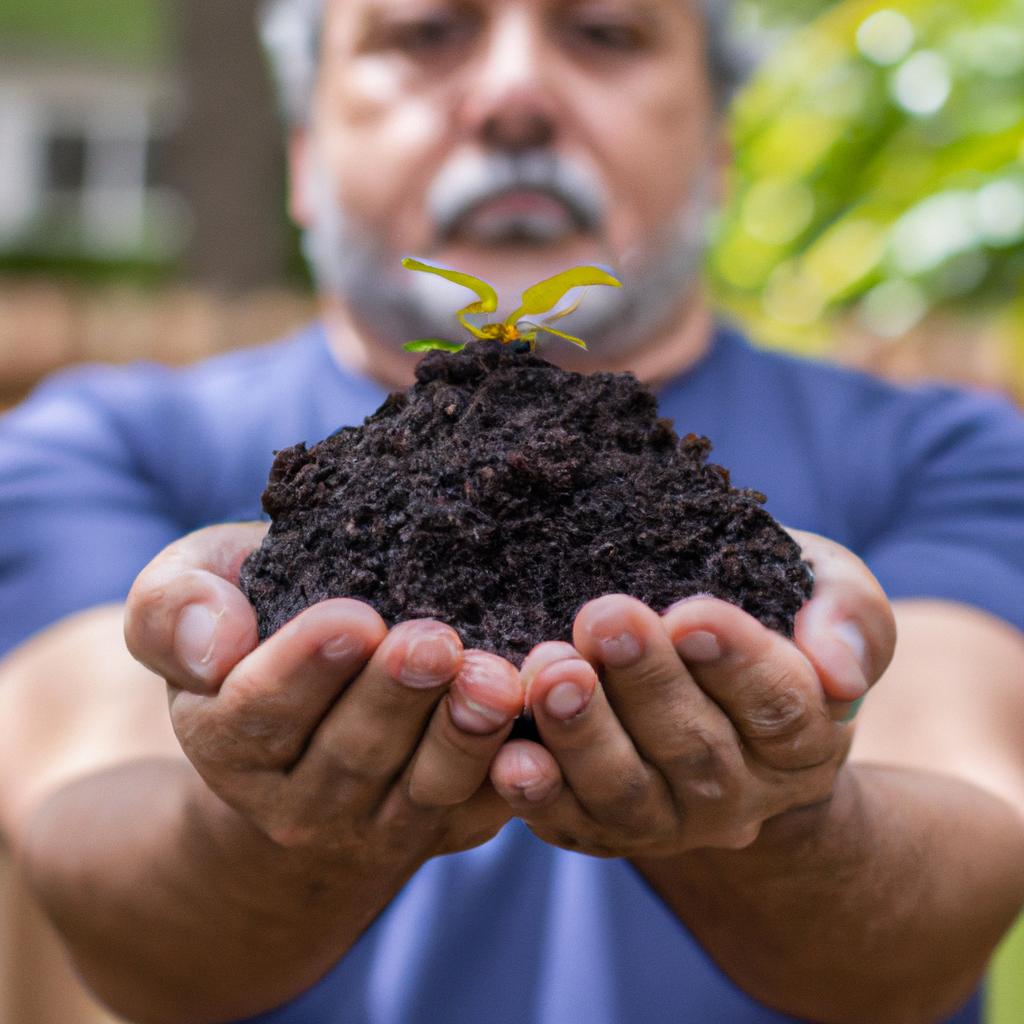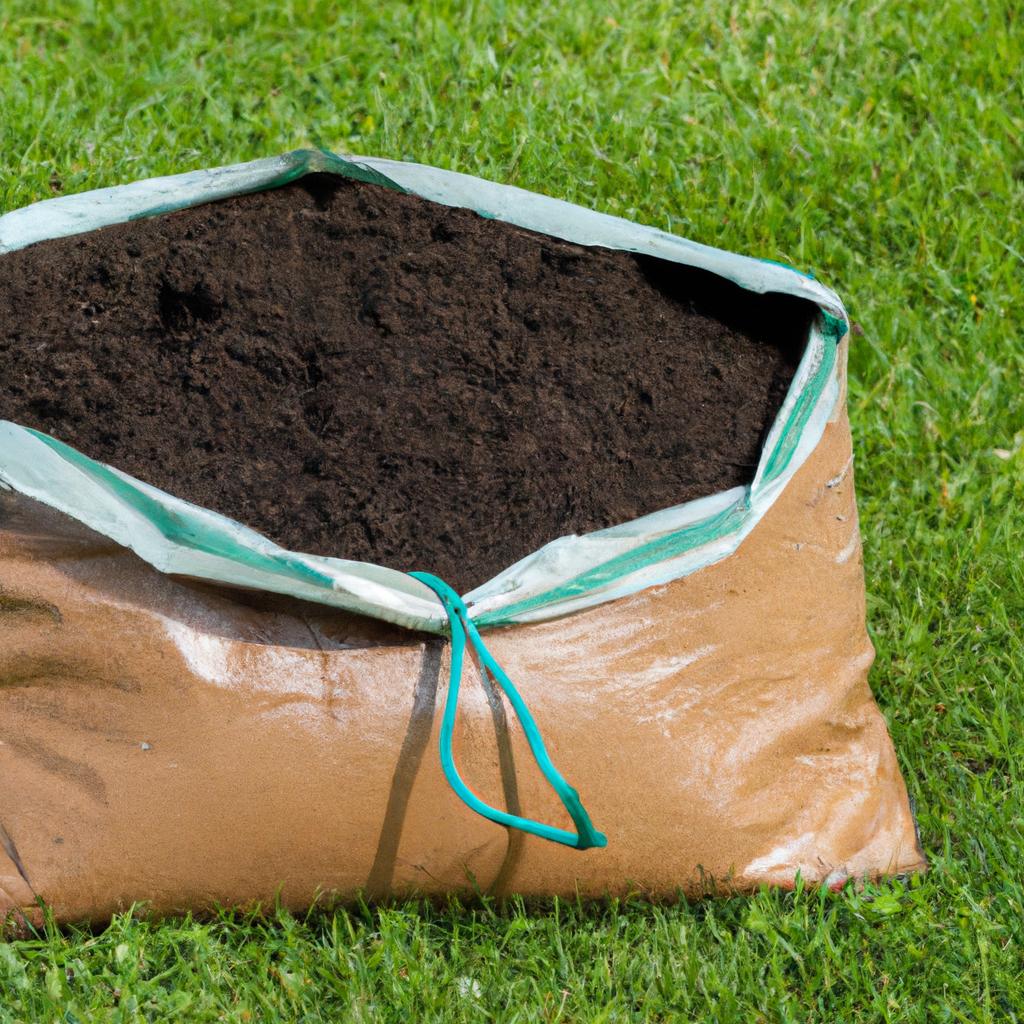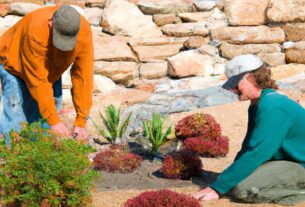Garden soil plays a vital role in the success of your gardening endeavors. It serves as the foundation, providing plants with the necessary nutrients, water, and air they need to thrive and flourish. In this article, we will delve into the world of garden soil, exploring its different types, how to test it, and ways to improve it. By understanding these aspects, you can ensure the health and vibrancy of your garden.
Types of Garden Soil

There are three primary types of garden soil: clay, sand, and loam. Each type possesses unique characteristics that directly impact plant growth. Clay soil is heavy and challenging to work with due to its fine particles that cling together. Sand soil is loose and drains water quickly, comprising larger particles. On the other hand, loam soil is considered the ideal soil type for gardening. It presents a balanced blend of sand, clay, and silt, offering excellent drainage, moisture retention, and nutrient availability.
When considering the right garden soil for your plants, several factors come into play, such as soil type, location, and plant type. Clay soil may require amendments like organic matter or peat moss to improve drainage and soil structure. Sandy soil, on the other hand, might benefit from compost or organic materials to increase water retention and nutrient availability. Loam soil, being a well-rounded option, is suitable for most plants and ensures their thriving growth.
Understanding the distinct characteristics of each soil type empowers you to make informed decisions when selecting the ideal soil for your garden. By choosing the right soil, you are setting your plants up for success and paving the way for a fruitful harvest.
Testing Garden Soil
Testing your garden soil is an essential step to guarantee healthy plant growth. By conducting soil tests, you gain valuable insights into nutrient content, pH levels, and texture. These insights, in turn, enable you to make informed decisions about fertilization and amendments, catering to your plants’ specific needs. Various methods of testing garden soil exist, including both at-home testing kits and professional laboratory analysis.
At-home testing kits provide a convenient and affordable option for assessing soil pH and nutrient content. With clear instructions, these kits guide you through the sampling process and interpret the results. For a comprehensive analysis, you can send soil samples to a professional laboratory. Soil labs offer detailed information on soil nutrients, pH levels, organic matter content, and more.
To ensure your plants receive the necessary nutrients to thrive, it is recommended to test your garden soil annually. By regularly testing your soil, you can detect nutrient deficiencies, pH imbalances, and other issues, subsequently making informed decisions about soil amendments.
Improving Garden Soil
(Address sections 3 and 4 later)
Choosing the Right Garden Soil
Selecting the appropriate garden soil is paramount to your plants’ success. When considering soil choices, several factors should be taken into account, such as plant type, soil type, and location. Different plants have varying soil requirements and nutrient preferences. For instance, acid-loving plants like blueberries and rhododendrons thrive in acidic soil with a pH range of 4.5 to 5.5. In contrast, most vegetables prefer slightly acidic to neutral soil with a pH range of 6.0 to 7.0.
Soil type also plays a crucial role when selecting garden soil. Clayey soil may require adjustments like the addition of organic matter to enhance drainage and soil structure. Sandy soil might benefit from the introduction of compost or other organic materials to improve water retention and nutrient availability. Ultimately, loam soil proves to be the optimal choice, providing an all-around balanced soil type suitable for most plants.
The location of your garden is another vital consideration when choosing garden soil. If you reside in a region with abundant rainfall, well-draining soil is vital to prevent waterlogging. Conversely, if you reside in a dry area, soil that retains moisture well is essential.
Numerous garden soil products are available in the market, including topsoil, potting soil, and garden soil blends. When selecting soil products, opt for organic options free from harmful chemicals. Thoroughly read product labels to ensure the soil is suitable for your specific plants and gardening requirements.
Conclusion
In conclusion, garden soil is the cornerstone of successful gardening. It supplies plants with the essential nutrients, water, and air they need to thrive and yield a bountiful harvest. By comprehending the different types of garden soil, regularly testing it, and implementing necessary improvements, you ensure the health and vibrancy of your garden. Choose the right garden soil based on factors like plant type, soil type, and location, enabling your plants to flourish. Regular soil testing, along with the use of organic soil products, guarantees a healthy and productive garden. Happy gardening!



